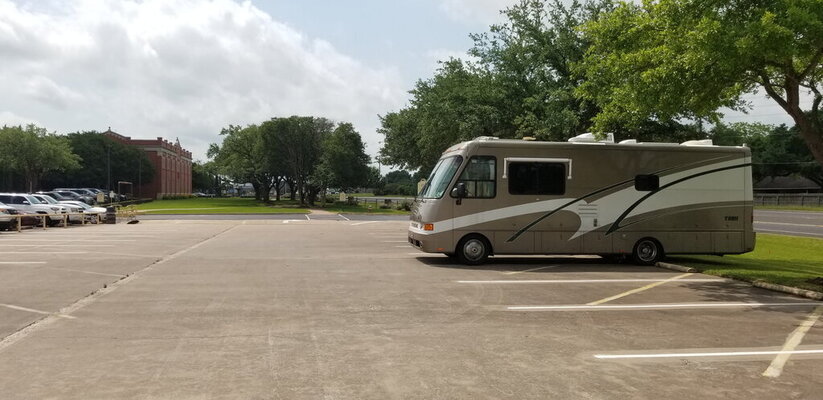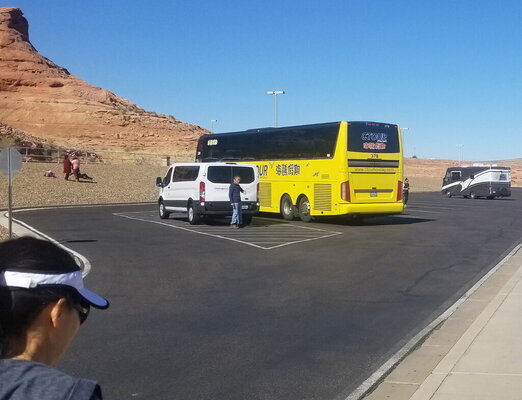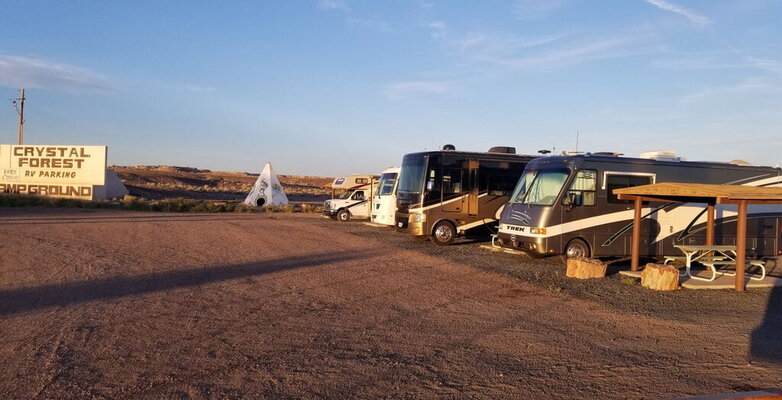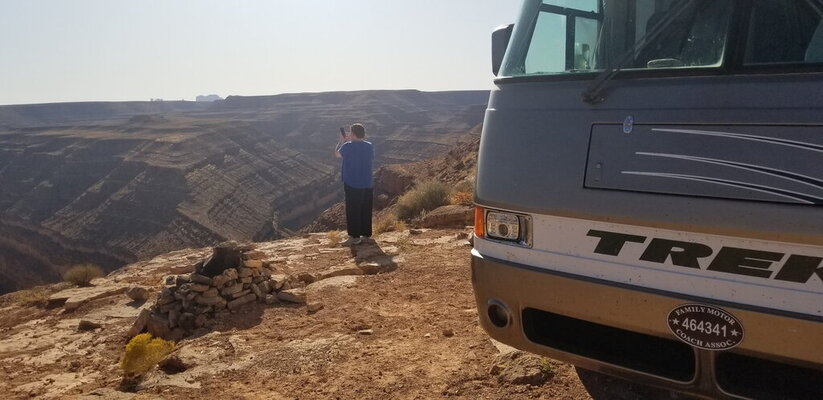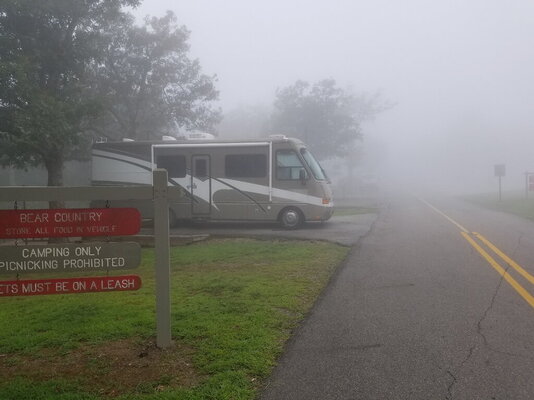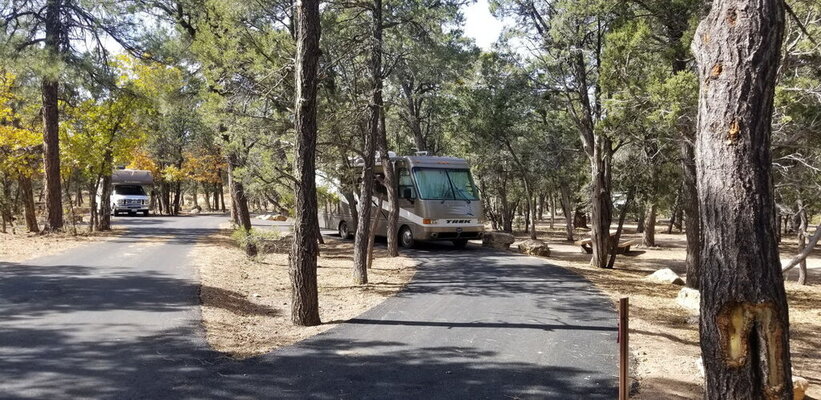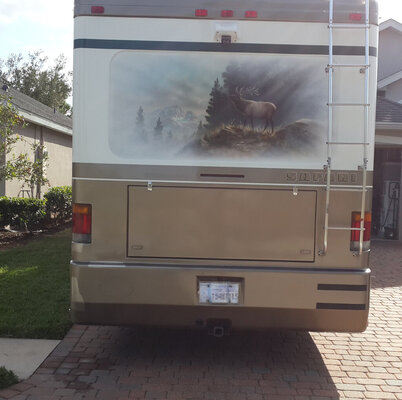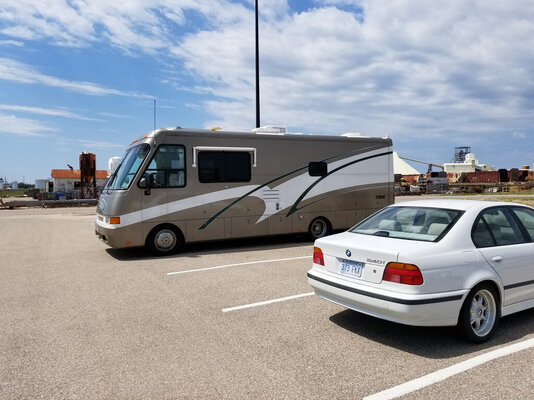Joenew61
Well-known member
My wife and I are currently in the “research phase” looking at a soon to be post-retirement first purchase, with the intent of taking long cross country trips with a dog or two. Based on all the online research we have done, my original thought was to get a super C so as to have all onboard amenities and enough payload space. I have a couple of other threads here, and have really appreciated all the advice….yes we will rent first, and make sure the reality is as good as the “fantasy”. We still haven’t been able to see anything in person, but hope to schedule some time for that.
We were toying with the idea of potentially going in a different direction, in the event we couldn’t see ourselves living in the rig for a month or more at a time, or if there were any issues getting used to driving and managing such a large rig and toad etc. We were thinking perhaps getting a class B and arranging our trips to be a combination of RV parks with that, and hotels or other brick and mortar facilities as a change of pace. That would give us more options for tourism, some balance in terms of creature comforts and overall effort, but still give us some space for the dog (s), and the flexibility to be self-sufficient when necessary. I realize we would need to travel really light, and find pet friendly venues to stay in.
Does anyone use their class B like this, and is there anything else to consider or think about? Would trying to have a hybrid plan like this leave us half way to nowhere, or does it sound realistic?
Thanks!
We were toying with the idea of potentially going in a different direction, in the event we couldn’t see ourselves living in the rig for a month or more at a time, or if there were any issues getting used to driving and managing such a large rig and toad etc. We were thinking perhaps getting a class B and arranging our trips to be a combination of RV parks with that, and hotels or other brick and mortar facilities as a change of pace. That would give us more options for tourism, some balance in terms of creature comforts and overall effort, but still give us some space for the dog (s), and the flexibility to be self-sufficient when necessary. I realize we would need to travel really light, and find pet friendly venues to stay in.
Does anyone use their class B like this, and is there anything else to consider or think about? Would trying to have a hybrid plan like this leave us half way to nowhere, or does it sound realistic?
Thanks!

